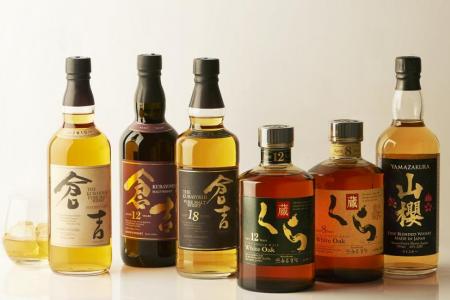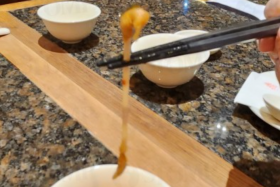Japanese whisky takes world by storm
Big demand for Japanese single-malt whiskies
Single malt whisky was unheard of in Singapore 50 years ago. Instead, grain whiskies were the norm.
Today, some of those brands remain market leaders, particularly Johnnie Walker and Chivas Regal. The former is the world's best-selling whisky, with annual sales of around 230 million 700ml bottles.
Ironically, its founder John Walker was a teetotaller. At just 15, he managed the family's grocery shop in Kilmarnock, Scotland. The shop also sold wine and whisky and later, Walker focused on whisky and created his own brand called Walker's Kilmarnock Whisky.
It was his descendants who continued with the legacy with Johnnie Walker, which is now owned by alcoholic beverage giant Diageo.
If single malt whisky was unknown half a century ago except to a handful of aficionados, so too was Japanese whisky. Today, it is all the rage and Singapore is not immune to its popularity.
Such is the demand that a shortage of some Japanese single malts has already occurred.
The result for what remains is a high asking price. Producing whisky is time-consuming because it needs to be aged for a certain time before it becomes palatable. Otherwise, the spirit is simply too fiery.
Time spent in oak barrels helps soften and round up the originally high alcohol, colourless spirit that is distilled and collected via condensation.
"Warmer countries" such as France and Italy produce spirits from distilling wine.
In Scotland, where it is considerably colder, grapes do not ripen and so spirits are produced from cereals including maize, wheat and malted barley. If a whisky is produced entirely from malted barley and distilled in one distillery, then it qualifies to be called a single malt whisky.
Grain whisky, on the other hand, generally uses only 10 per cent to 20 per cent malted barley with the rest being unmalted cereals including maize, wheat and rye. It is invariably lighter and milder than single malt whisky and is a good place to begin a journey of whisky appreciation although there is no reason why you cannot dive straight into single malts.
Whether it is Scottish or Japanese single malt whisky, the barley used must first be steeped in water to render the starch in it more soluble.
Steeping increases the moisture content of the barley from 12 per cent to 45 per cent (depending on the variety of barley). This is quite similar to a sushi chef steeping the rice to make it stickier when making sushi.
At one time in Scotland, distilleries did their own malting. Today though, large commercial companies supply the distilleries with malted barley.
The malted barley is then milled and mixed with hot water. This process is called mashing. The soluble starch in the barley is converted into a sugary liquid called wort.
HORLICKS
The first time I tasted this in a distillery in Scotland about 30 years ago, it reminded me of Horlicks - and it was delicious.
The wort is then fermented and the end product is called "wash" - essentially a beer of 7 per cent to 8 per cent alcohol and absolutely delicious too.
The wash will be distilled twice. During the second distillation, the alcohol content can reach as high as 75 per cent when the first vapours - known as the head or foreshot - are condensed. This is cloudy and not collected.
The middle cut or the heart, which is from 66 per cent to 72 per cent alcohol, is the most desirable and is clear and transparent. The spirit will then be matured in oak barrels, whether old or new.
Like a great wine, an outstanding whisky should never be too woody, oaky or sweet. It should be fruity, delicately sweet, balanced and preferably without a hint of oak. In a word, it should be ethereal.
Tasting notes
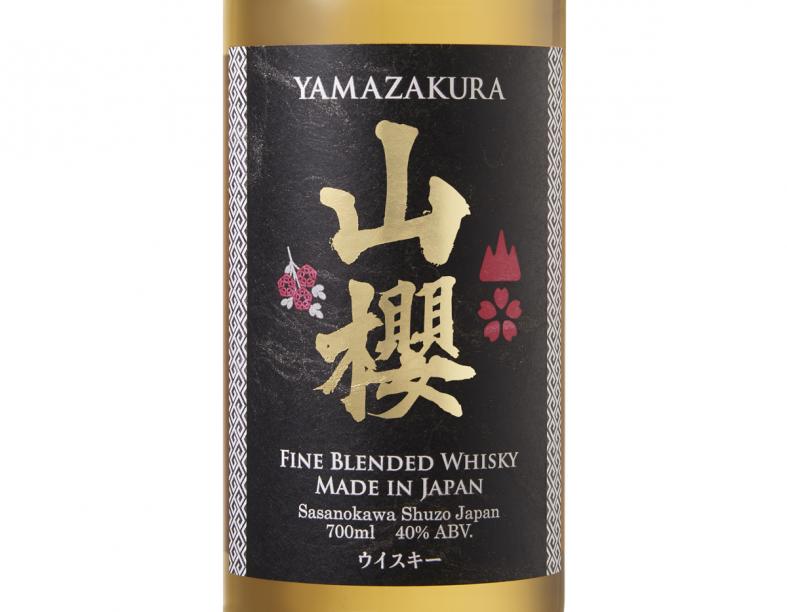
Yamazakura Fine Blended Whisky (700ml)
Light gold. On the nose, a whiff of pears cooked in a compote and a hint of vanilla. Gently sweet, light and balanced. Best as an aperitif rather than digestif. It has 40 per cent alcohol.
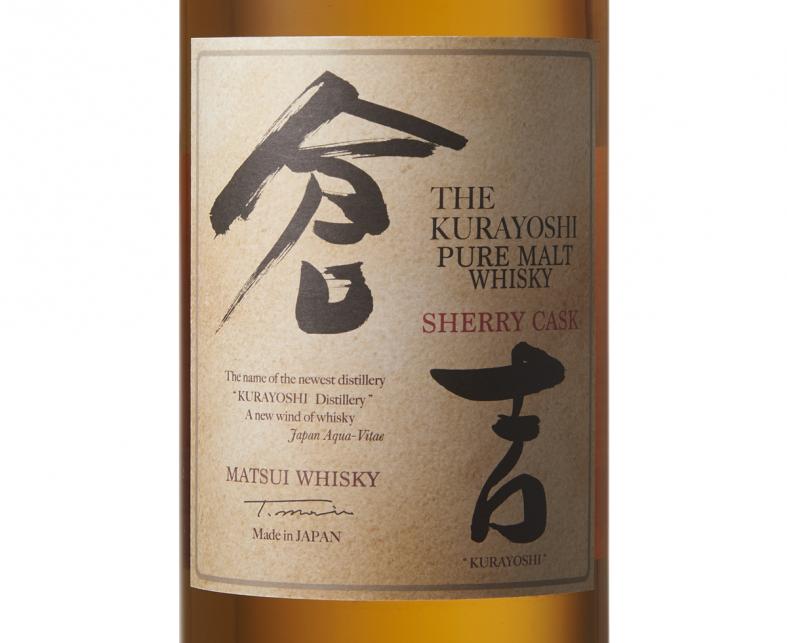
The Kurayoshi Pure Malt Whisky Sherry Cask (700ml)
Bright light gold. Vanilla, heather and honey, with a hint of peat. Lovely balance and freshness. Medium-plus-bodied. Enjoyable as an aperitif and light digestif. The distillery has been producing whisky since 1910. It has 43 per cent alcohol.
Kura Single Malt White Oak Aged 8 Years (720ml)

Bright mid-gold/bronze. Smoky oak staves on the nose. Sweet vanillin, toffee, caramel and toasty on the palate. Medium-bodied. For drinkers who like their whisky woody. It has 40 per cent alcohol.

Kurayoshi Malt Whisky Aged 12 Years (700ml)
Between light and mid-gold. Smoky and peaty. Fruity, smoky, cinnamon, spiced richness. Creamy, velvety texture. Balanced, full-bodied and impressive. Best enjoyed after a meal as a rich digestif. It has 43 per cent alcohol.
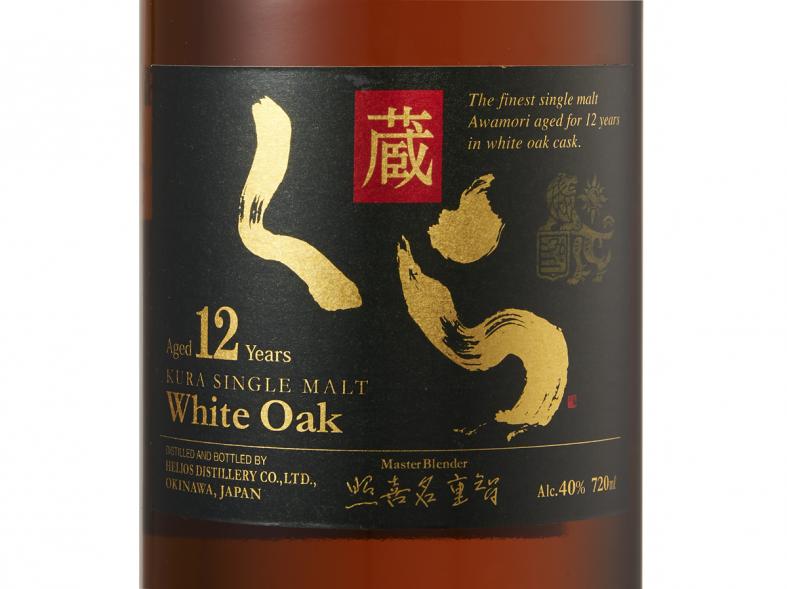
Kura Single Malt White Oak Aged 12 Years (720ml)
Bright gold. Much like its White Oak Aged 8 Years, this is smoky and toasty, but it is balanced by an added softness. Full-bodied. For those who like their whisky woody. It has 40 per cent alcohol.

The Kurayoshi Pure Malt Whisky Aged 18 Years (700ml)
Light bright gold. Fruity (including dried orange peel, heather and vanilla), it is also elegantly sweet. Balanced and fine. Medium-plus-bodied. Delicious. This pure malt from Matsui Shuzo Distillery is a blend of malt whiskies from Scotland and Japan, and therefore is not a single malt though it is a 100 per cent malt whisky. It has 50 per cent alcohol. (Kurayoshi City in Tottori Prefecture is about 670km from Tokyo.)
Get The New Paper on your phone with the free TNP app. Download from the Apple App Store or Google Play Store now

